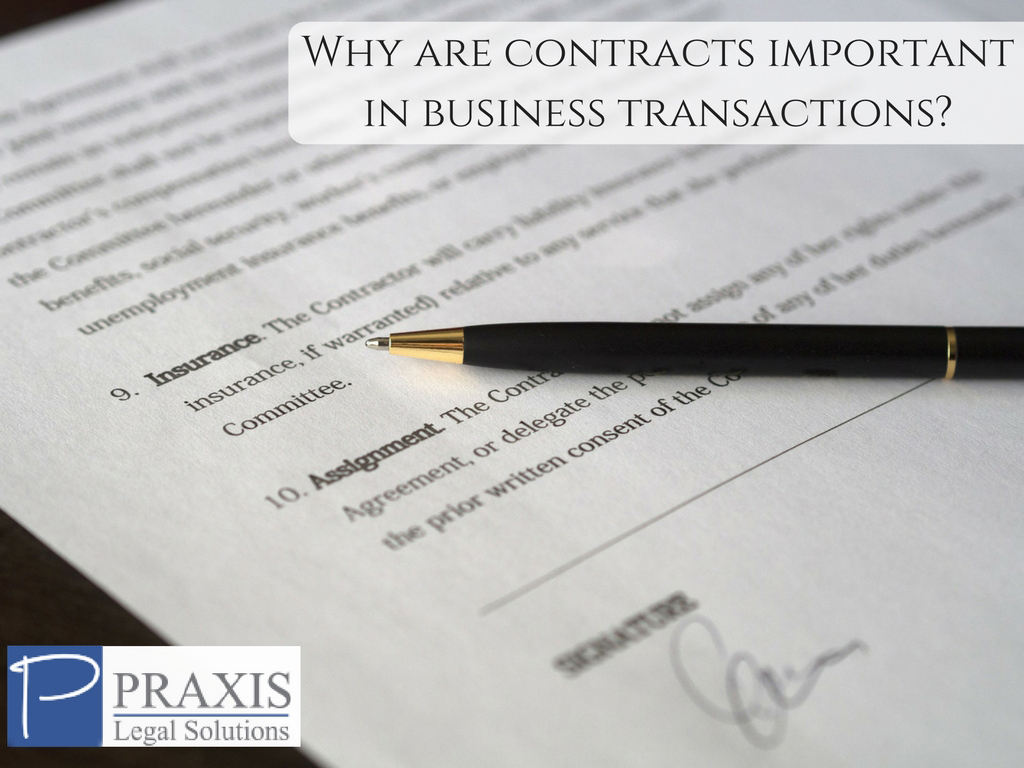If you are negotiating a lease, you probably focus on the rent and the lease term and evaluate the cost of the lease in terms of monthly cash flow. You may look at a lease as a monthly expense, but that’s not how a landlord sees it. Space is an asset, and a landlord writes a lease to maximize the long-term value of that asset.
How? Let us count (some) of the ways.
Rentable Space. Rentable space is defined as the amount of square footage used to calculate rent. Check those measurements. Most likely the area defined as “rentable space” will include space you cannot utilize. Sharp angles, curved walls, columns and elevator banks can reduce the amount of usable space. If the loss attributable to those factors amounts to 13% of what the landlord defines as rentable space, your monthly rent will be 13% more than the nominal rent per square foot.
Operating Expenses. Lease provisions dealing with operating expenses should be limited to enabling a landlord to recoup the expenses of running the building. They should be directly related to the benefits derived from the space you rent in a particular building, and nothing else, and should be allocated in proportion to the amount of space you rent. The costs of maintaining and repairing common areas such as hallways and parking lots; landscape maintenance; property taxes; water and sewer charges (unless separately metered) and insurance on the building are all properly included in operating expenses. The cost of electric power to a tenant space is baked into the rent for that space and should not be included in operating expenses. Other costs that should be excluded from operating expenses are executive salaries, consulting fees, marketing costs and fines and penalties. Be wary of phrases like “and such other costs and expenses as landlord may deem necessary or reasonable”.
Capital Expenses. Commercial leases typically include fairly detailed provisions requiring a tenant to “maintain and repair” the leased premises. “Maintain and repair” does not mean “replace”. Repairs are an operating expense borne by a tenant. The cost of replacing an HVAC system is a capital expense, and should not be included in the definition of operating expenses. Landlords often seek to shift capital expenses to tenants by claiming that replacing an existing elevator or HVAC equipment will reduce operating costs and that tenants should bear their proportional share of the yearly amortization of the capital expense. Where a lease allocates amortization of a capital expense, the allocation should be limited to the actual savings realized by the tenant; a tenant’s net operating expense should be no higher after the installation of cost-saving equipment.
Rent Increases. Most leases provide for rent increases during the term. These can take the form of a pre-determined dollar or percentage amount, or they may be calculated as a function of increases in the landlord’s operating expenses where operating expenses are not already separately charged to the tenant. In the latter case, the increase is calculated as an increase in operating expenses over a “base year”. Typically, the base year is the first 12 months of occupancy; the increase should be allocated to a tenant in proportion to the amount of its rentable space. Another common method is to index rent to a defined metric such as the Consumer Price Index. Indexing allows a landlord to maintain the privacy of its books and is a more straightforward way of calculating rent increases. Before agreeing to indexing, a tenant should be clear about what the index measures and how closely it correlates to the cost increases that affect a landlord’s operating expenses.
Bottom Line: The devil is in the details; contact me for help in interpreting lease provisions.







 Contract Law – Understanding the Basics
Contract Law – Understanding the Basics Smart Advice About Boilerplate Clauses
Smart Advice About Boilerplate Clauses Contract Review- Why It Matters
Contract Review- Why It Matters Why are Contracts Important in Business Transactions?
Why are Contracts Important in Business Transactions? Non-Compete Agreements: When You Can and When You Should Use Them
Non-Compete Agreements: When You Can and When You Should Use Them
Leave a Reply